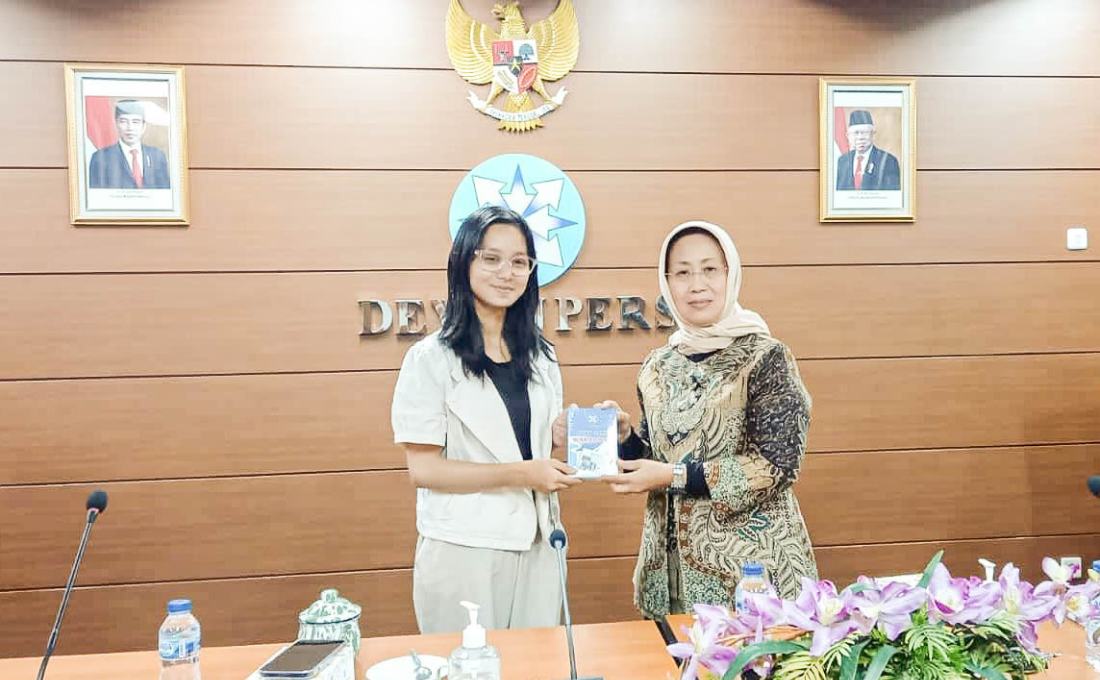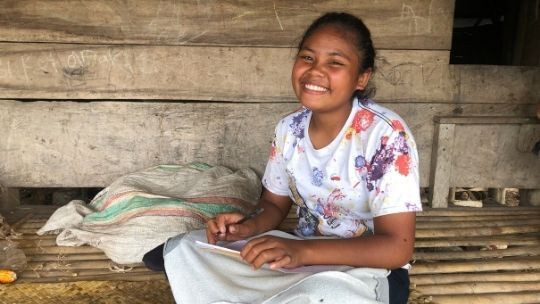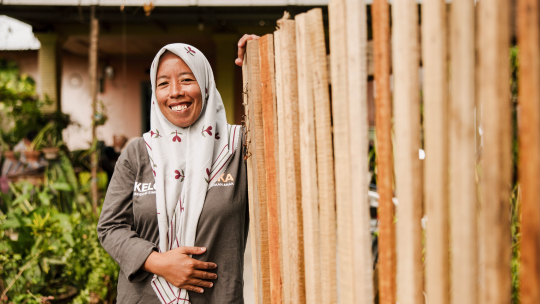Say No to Non-Child Friendly News

"I hope, through the results of this research, mass media in Indonesia can collaborate with children's organisations, educators, or child psychologists, so that the published news is more protective for children," said Rida, one of 18 child and youth researchers who in 2023 conducted research on child-friendly media coverage.
Indah, one of the child researchers who is also a member of the East Jakarta Children's Forum, said, "Every media needs to validate, there needs to be clarity, there needs to be details, in every news that is being published. The media must have sensitivity to children's needs, how to handle interviews with children, and understand how news can have an impact on children,".
There are too many news in Indonesia that do not protect children. Especially news about cases of violence against children, whether children as survivors or perpetrators. Although Indonesia has a Journalistic Code of Ethics and laws on child protection, news that is not child-friendly still appears. This is one of the concerns of the East Jakarta Children's Forum, supported by WVI.
In addition to violating the rules, the neglect of these news stories also has a negative and prolonged impact on the children who are included in the news. Of the 100 news articles analysed by the East Jakarta Children and Youth Research Team, 20% of them still did not conceal the identity of the child, especially those suspected, alleged, or charged with a violation of the law.
"When analysing, there is news that appears without verification with the child's family first. The media has spread it openly, but it should also be verified with the authorities such as the police," said Rida. As a result, when the child's identity is spread to a wide audience, the child can become the target of unreasonable anger. This is very dangerous for the child's life at that time, and even can grow into a negative labelling in the future.
In addition to leaking children's identities in the news, the way the news is told often does not provide a positive nuance. This is also a major highlight in this child-friendly media research. Angel, a member of the research team said, "One of the major online media in Indonesia reported sensitive information with a negative impression. As a result, the children involved were traumatised and the news led the reader's perspective to something dirty, disgusting,". What Angel explained was validated by the results of child-friendly media research which revealed that 1 in 3 news articles still failed to provide positive messages, even describing information in an inappropriate way.
This kind of news practice is actually not in accordance with Article 3 of the Journalistic Code of Ethics which stipulates that Indonesian journalists always test information, report a balance news, do not mix facts with judgemental opinions, and apply the presumption of innocence. Therefore, news about cases of violence against children should also be based on facts, using sentences, narratives, visuals, and audio that are positive, empathetic, and do not make descriptions or reconstructions of events that are sexual or sadistic.
The children's research team working on this study is also concerned about the impact of child-unfriendly news on child audiences. "The average device user is Generation Z, aged between 10 and 15 years old, so the media and content must be appropriate for the age of the audience. Because I see it can affect the mental state of children. For example, seeing too much hate speech content, which is full of violence and hatred, has no positive effect," said Zaky, who is also a member of the research team.
By conducting child-led research on child-friendly media, the research team demands no more broadcasts or news that do not protect Indonesian children. The research team insists that the Press Council, as the supervisor of news in Indonesia, can impose sanctions if something like this is still practised. Not only a safe living environment, but in today's digital era, every child also needs to feel safe in the news environment. "So that children feel more protected from content that can cause unnecessary fear or anxiety," said Indah. Likewise with Zaky, "Child-friendly news will make children feel more valuable,".
Author: Mariana Kurniawati (Communication Executive)
Contributors: Urban Jakarta Area Program Team Members



